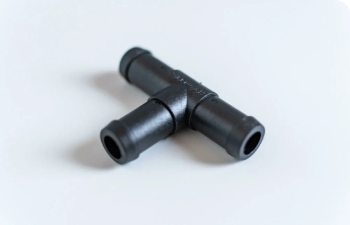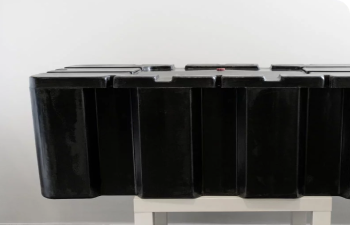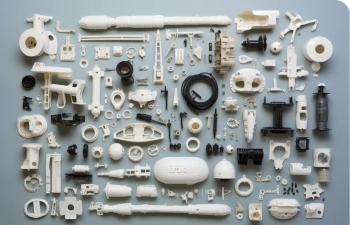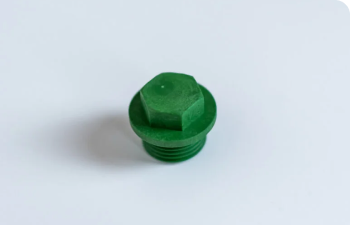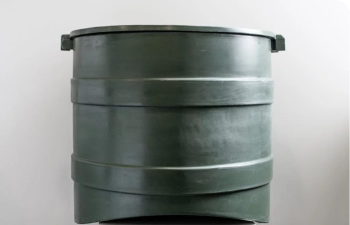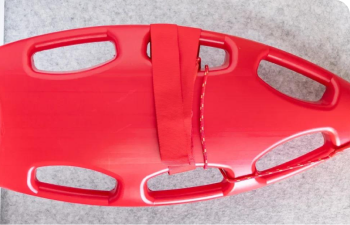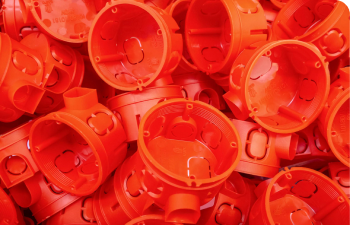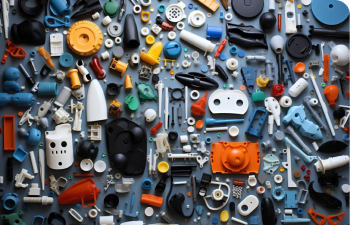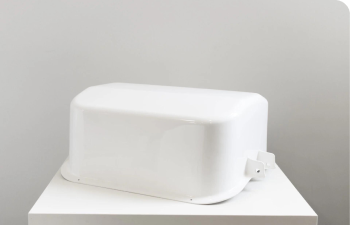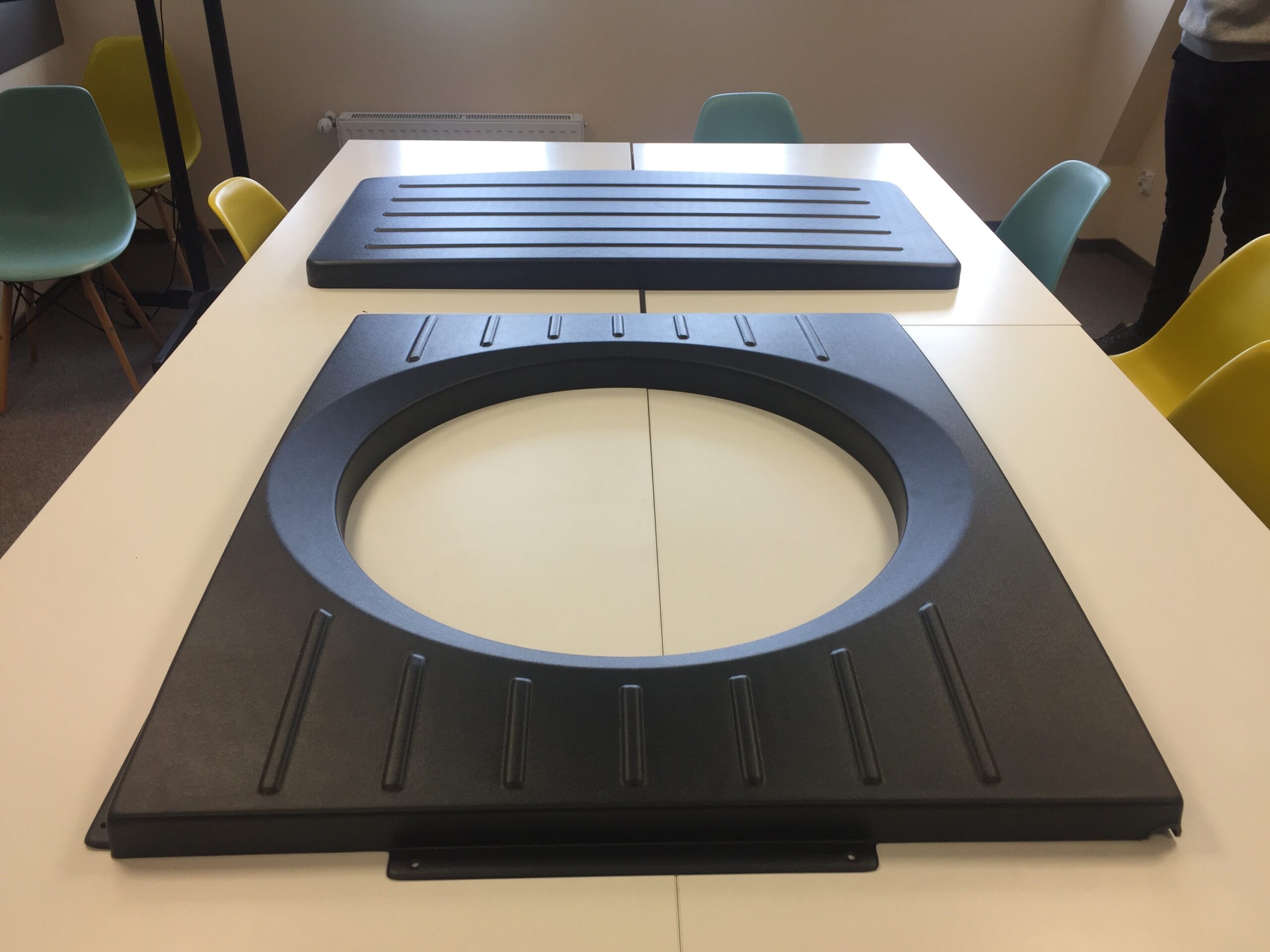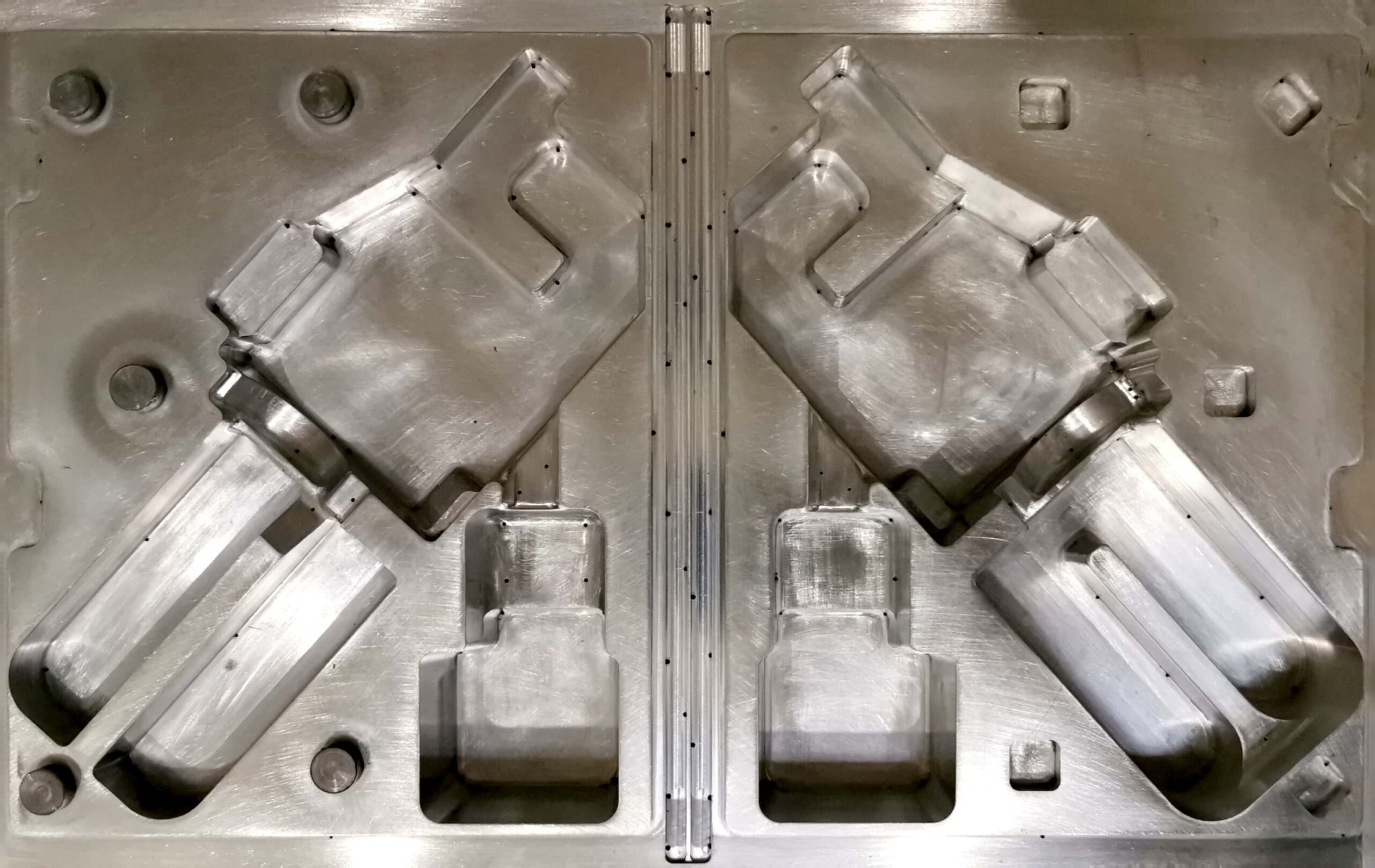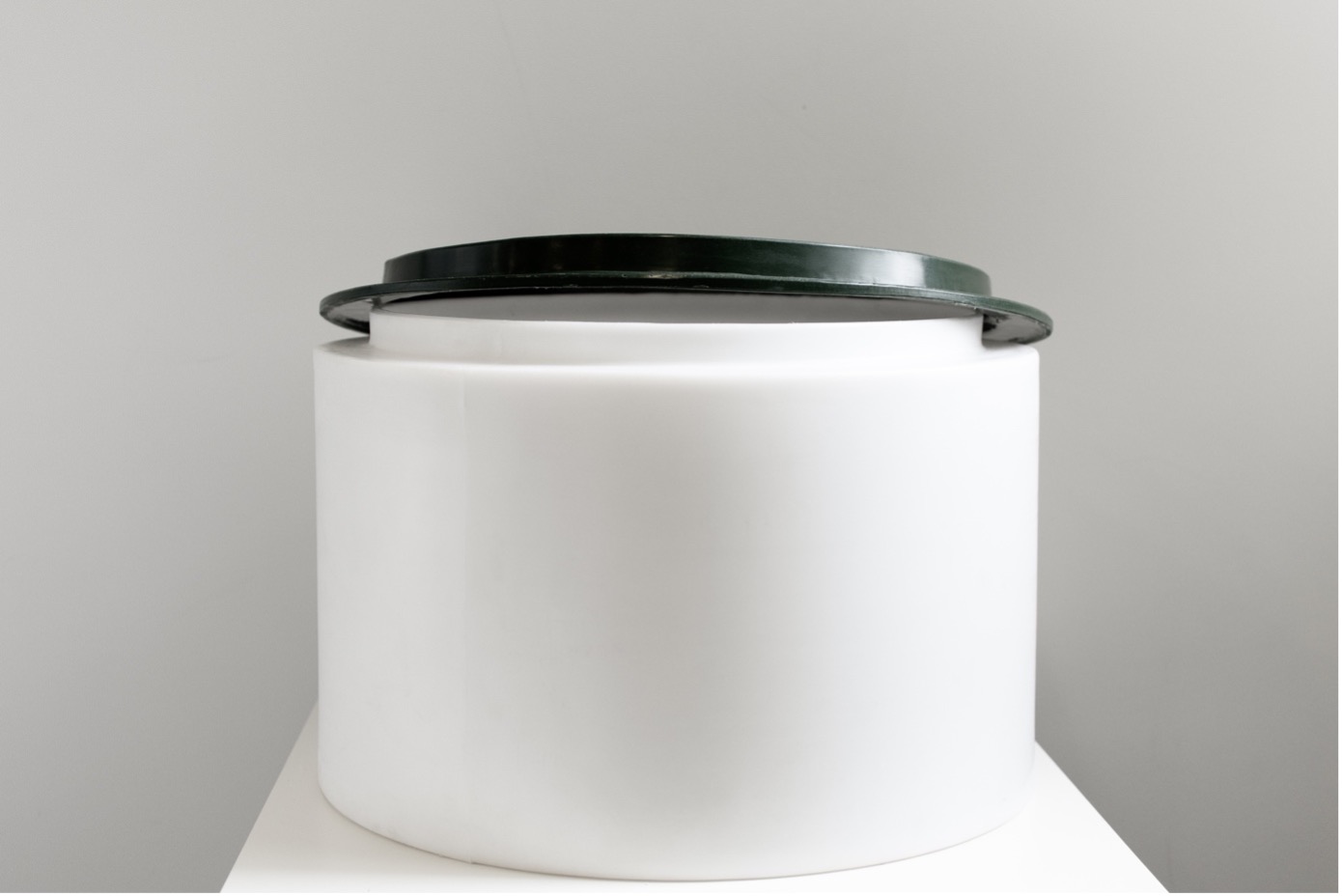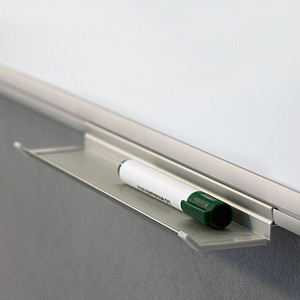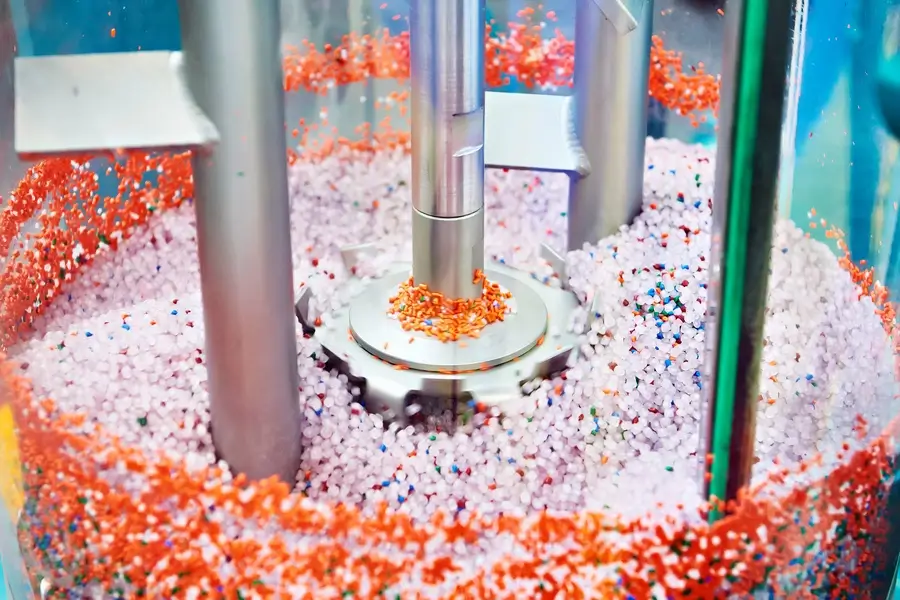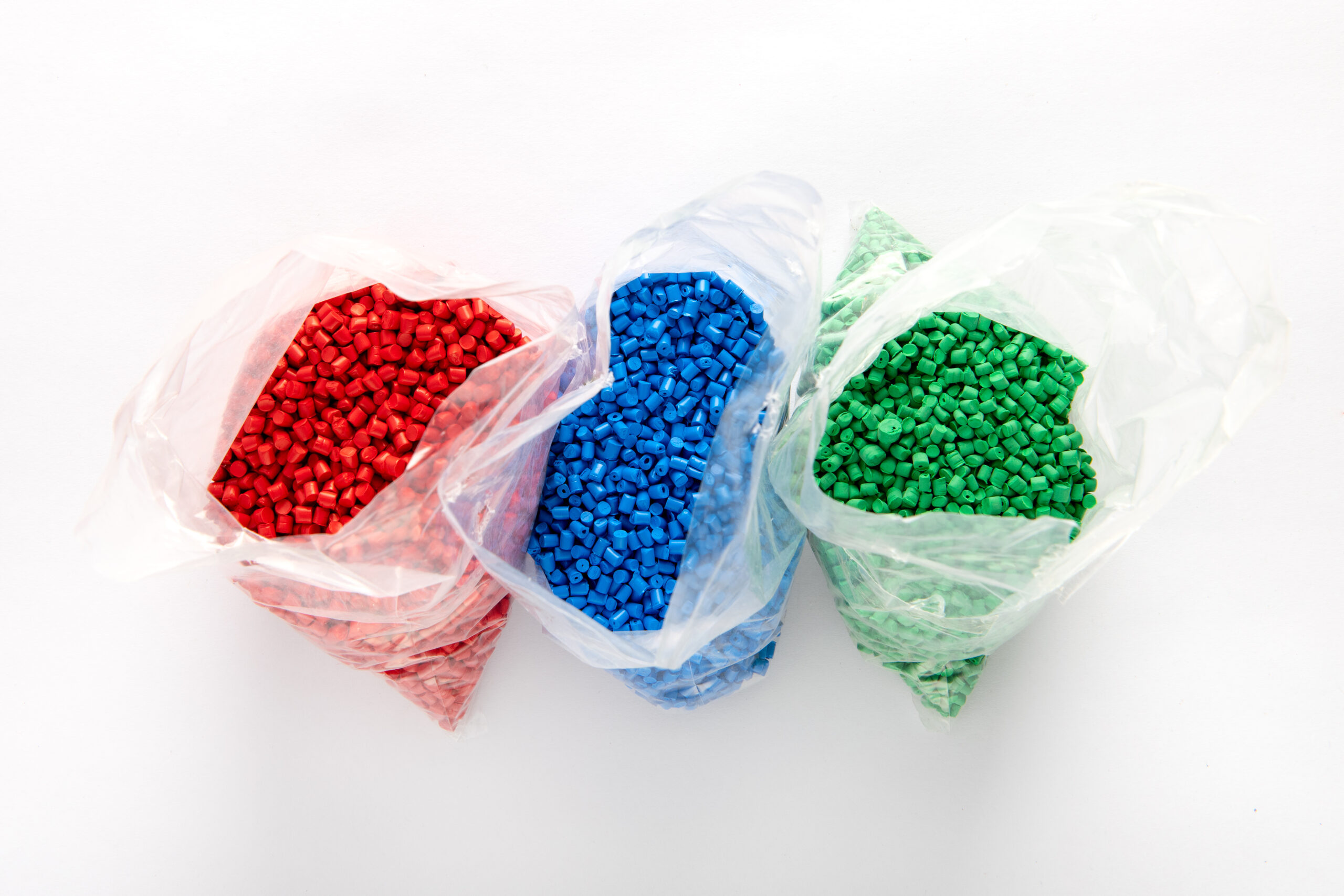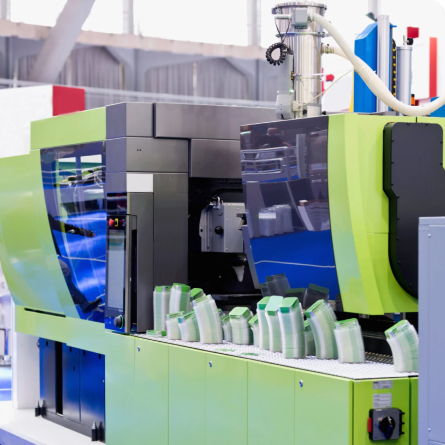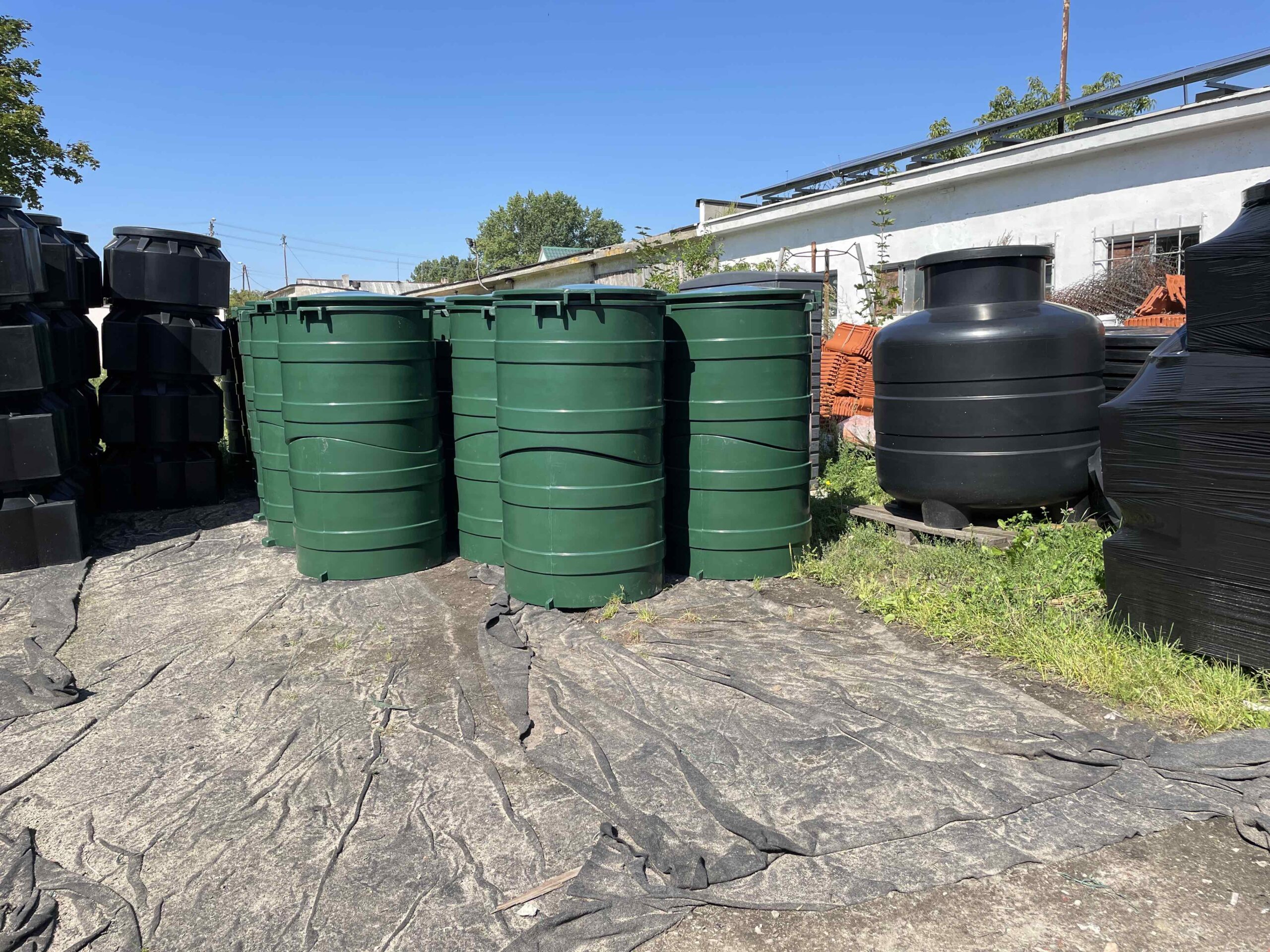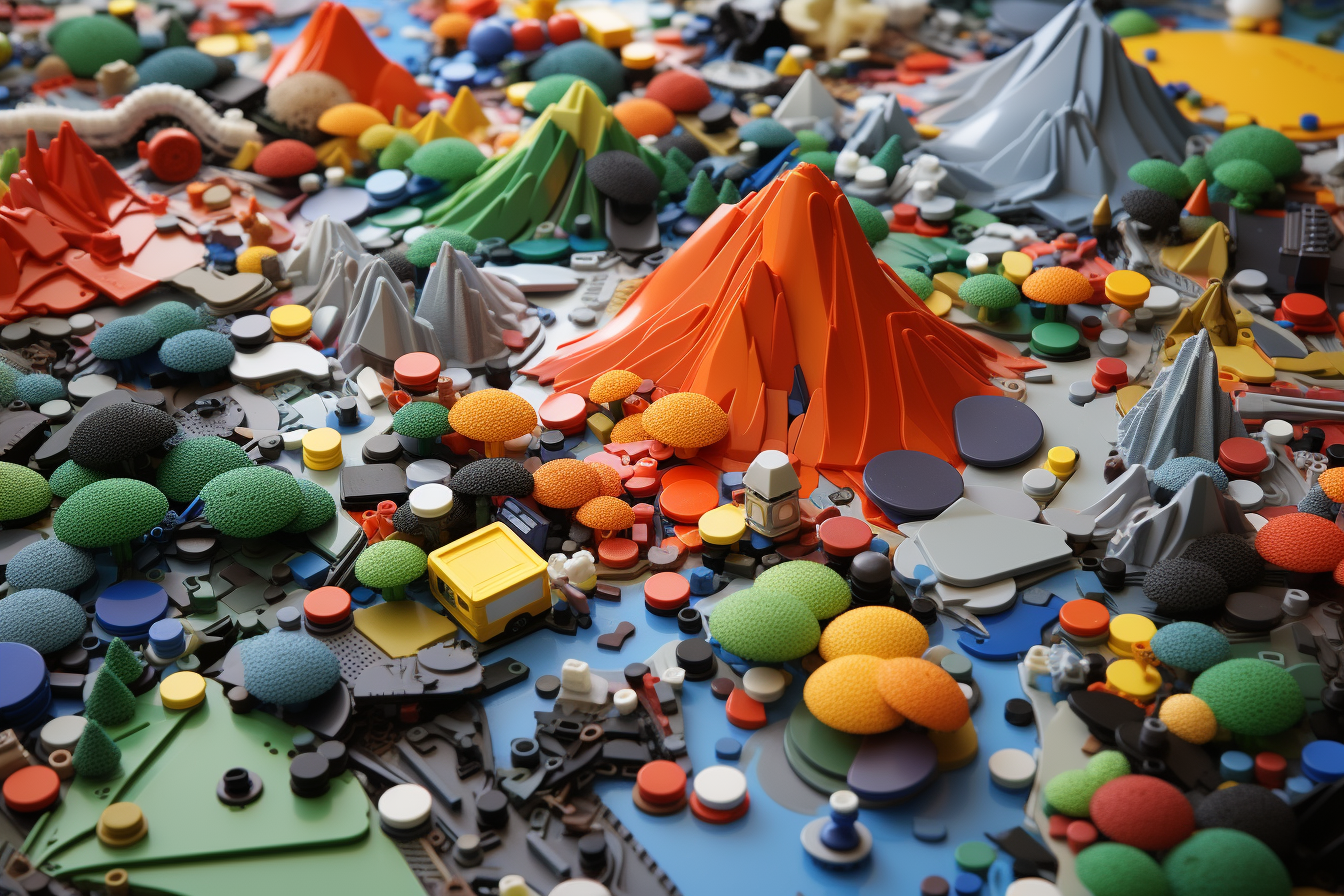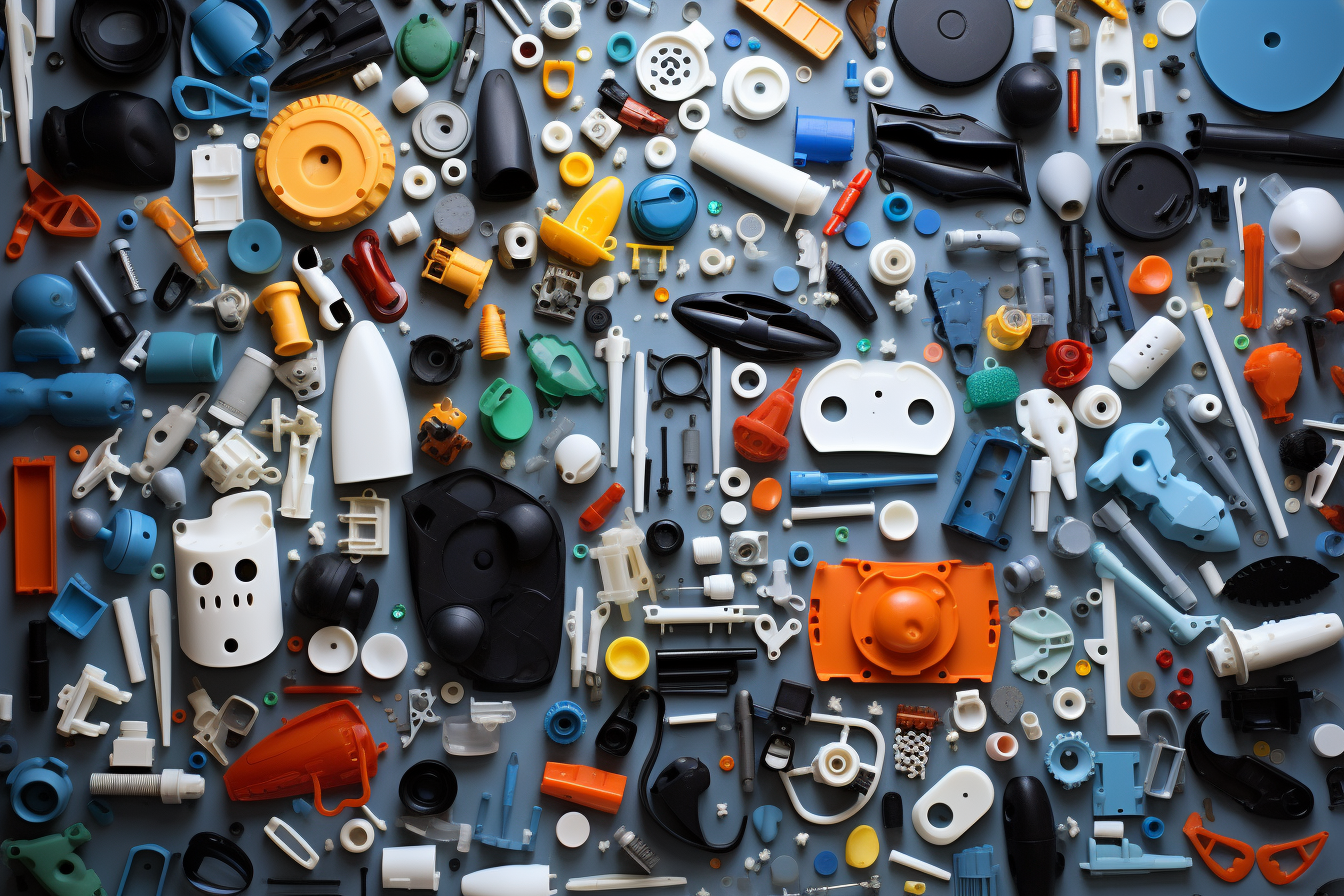Strona główna / Technologies / Rotational molding
Rotational molding
The ideal technology for manufacturing large-sized plastic products.
What is rotational molding?
Rotational molding (rotomoulding) is a very cost-effective technology which enables the production of plastic parts for many industries. It is distinguished by the ability to produce large-sized items.
Rotational molding ensures a rapid implementation process for new products and minimizes material wastage in the production process.
Rotational molding has many applications. It is suitable for both short and long production runs of small and large, simple and complex plastic products. In some cases, it is cost-effective to produce a single series of large-sized items.
What are example applications?
Industrial tanks
Fuel or chemical containers
Food or water containers
Safety helmets
Road barriers and signage
Medical equipment
Housings
Child car seats
Kayaks and boats
Toys
Tables, planters, and other interior furnishings
Headrests and car interior linings
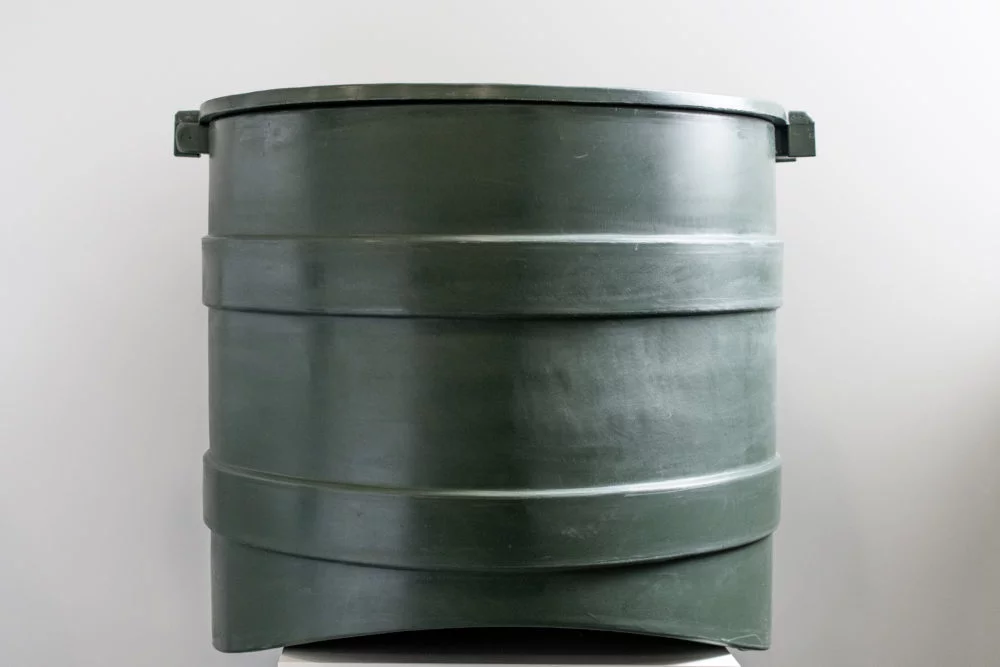
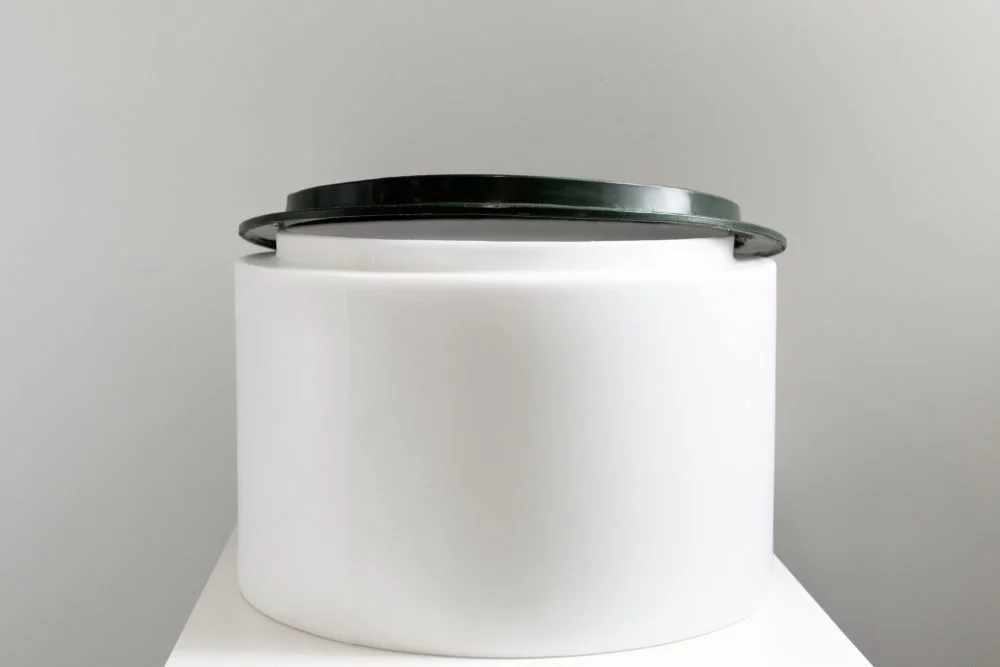
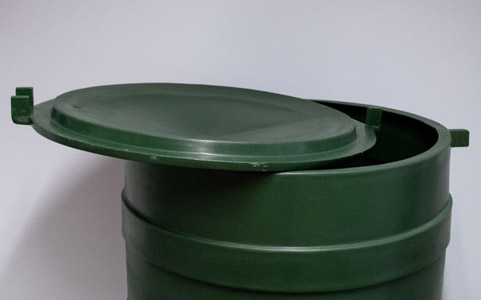
What materials do we use in rotational molding?
Rotational molding most commonly uses materials from the polyethylene family, including cross-linked polyethylene (PEX), low-density polyethylene (LDPE), linear low-density polyethylene (LLDPE), high-density polyethylene (HDPE), and regrind. Less frequently used materials in rotomolding are plastisol compounds with polyvinyl chloride (PVC), nylons, and polypropylene.
How rotational molding process works?
Rotational molding proceeds in four stages.
Filling the polymer into the mold
A measured amount of polymer in the form of powder or granules is poured into the interior of a steel or aluminum mold. Depending on the requirements, pigments may be added at this stage to achieve the desired color.
Heating and rotating the mold
After the mold is closed, it is set in rotational motion. Simultaneous rotation occurs in two perpendicular planes, gradually heating to around 200°C. The polymer adheres to the mold's walls, then melts and, under the influence of gravity, evenly spreads as a layer inside the tool.
Cooling
In this phase, the rotating mold is gradually cooled, allowing the formed polymer to return to a solid state and retain the given shape.
Removal from the mold
The finished product is taken out of the mold, which can then be refilled to begin another production run.
What types of molds are used for rotational molding of plastics?
You have a choice between two types of molding molds: steel and aluminum. If you opt for a steel mold, it’s a more economical solution. On the other hand, choosing an aluminum mold provides greater flexibility in achieving complex shapes, especially those with variable geometry. What other differences are there between these molds? Aluminum molds are significantly thicker than their steel counterparts. However, in this case, mold thickness doesn’t affect the production cycle because aluminum conducts heat much more efficiently than steel.
Advantages
Low cost of production preparation
Low production setup cost
The option to incorporate additional components (such as bushings, pins, couplings, rings) into the mold, which become an integral part of the casting after being covered by the molten plastic. Additionally, you can include stiffening ribs in the product to enhance the rigidity of large items.
The entire process (heating, melting, molding, and cooling) takes place within the mold and does not involve any external pressure, which is why there are no visible seam lines on the surface of the products.
The ability to produce items with a weight ranging from tens to several hundred kilograms, which is impossible to achieve in injection molding or extrusion technology due to the structural limitations of these processing machines.
Similar to 3D printing, rotomolding allows for the use of inserts, including threaded components.
Wide range of applications
We use 4 production technologies
Thermoforming
Technology to reduce the time it takes to manufacture plastic products and reduce tooling costs.
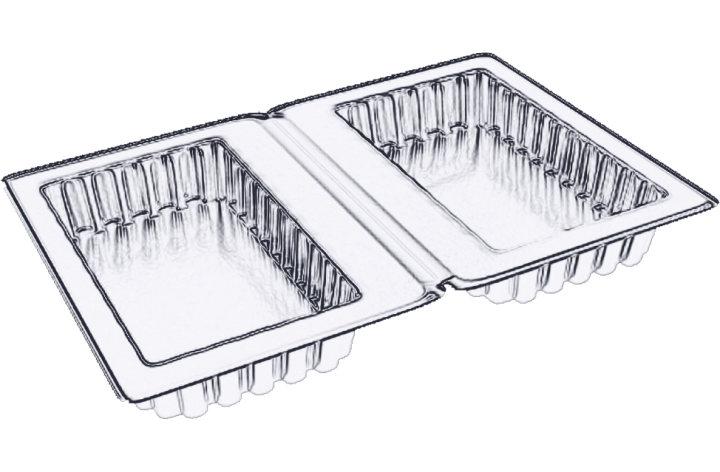
Rotational moulding
Ideal technology for manufacturing large-scale plastic products.
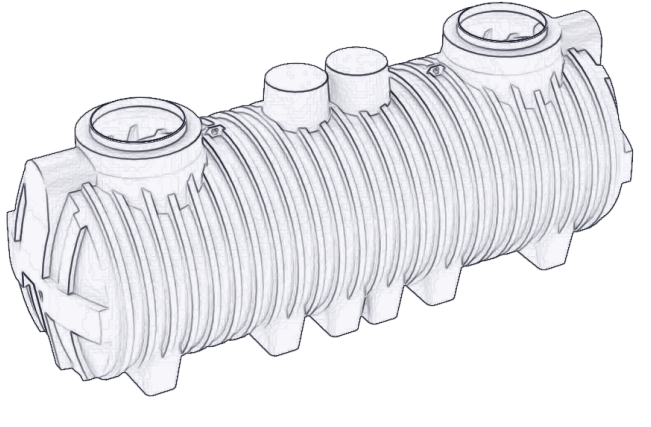
Example application:
- containers for fuel or chemicals
- industrial tanks
- containers for food or water
- canoes and boats
- safety helmets
Injection molding
One of the most efficient and most widely used methods of producing simple as well as complex plastic products.
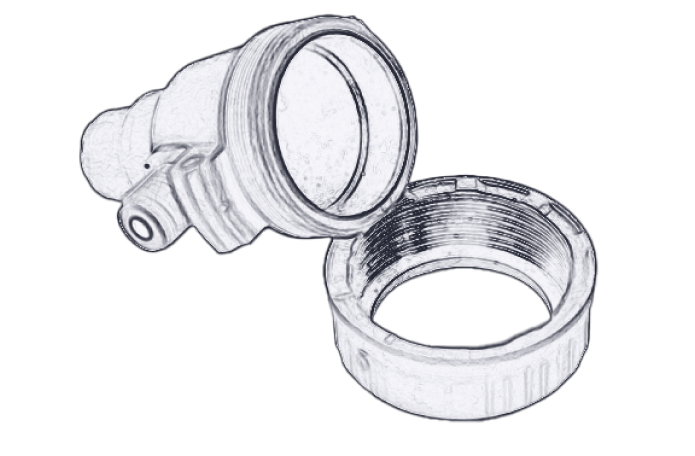
Example application:
- components of household appliances and consumer electronics
- enclosures
- bottle caps
- everyday use items
Extrusion
Ideal technology for large production runs of long components, such as profiles, pipes or gaskets.
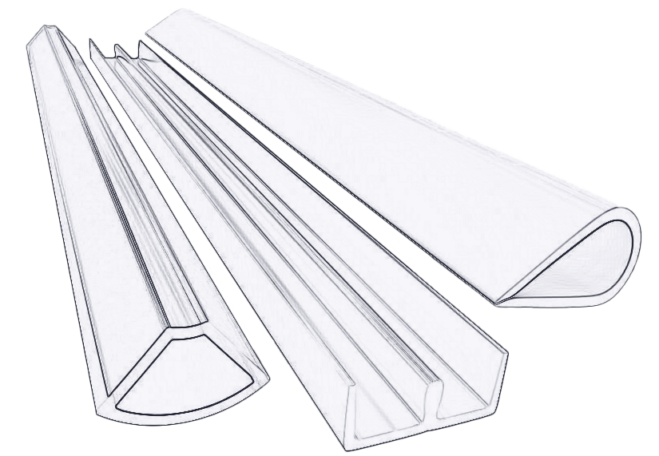
Frequently Asked Questions
Rotational Molding perfect technology to manufacture medium and large-sized plastic products, such as:
- tanks
- manholes
- housings
- playground equipment components
Rotational Molding, implementation costs – the cost of steel molds ranges from several to several tens of thousands of PLN. The cost of aluminum molds is 30%-50% higher.
Rotational molding proceeds in four stages:
- Filling the polymer into the mold – A measured amount of polymer in the form of powder or granules is poured into the interior of a steel or aluminum mold.
- Heating and rotating the mold – After closing the mold, it is set in rotational motion. Simultaneous rotation occurs in two perpendicular planes, and the heated plastic adheres to the mold’s walls.
- Cooling – In this phase, the rotating mold is gradually cooled, allowing the formed polymer to return to a solid state and retain the given shape.
- Removal from the mold – The finished product exits the mold, which can be refilled to start another production run.
